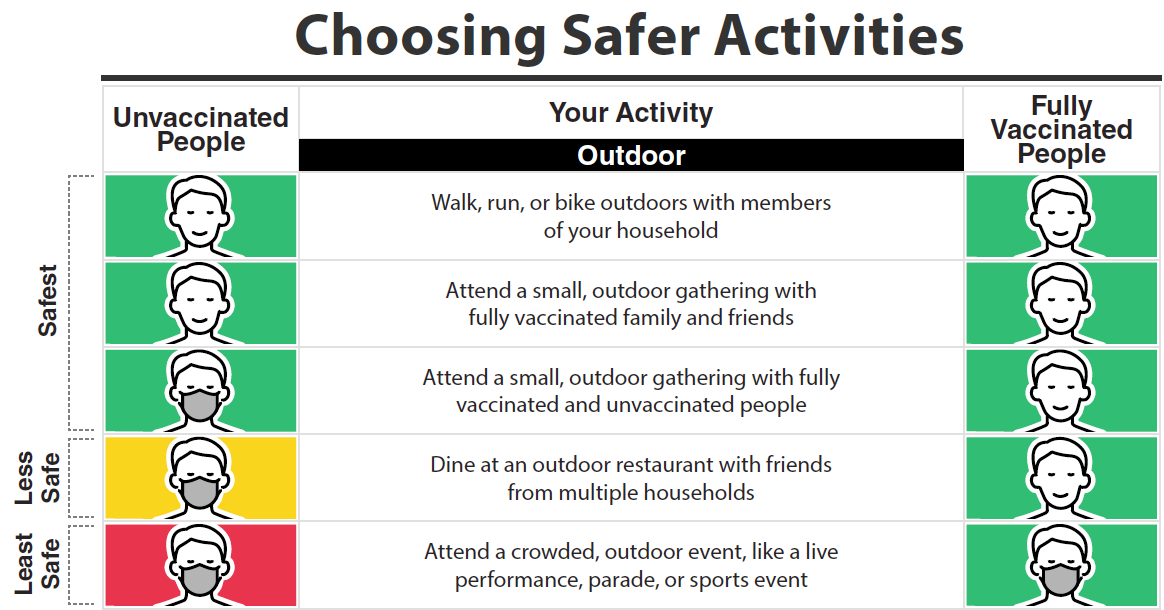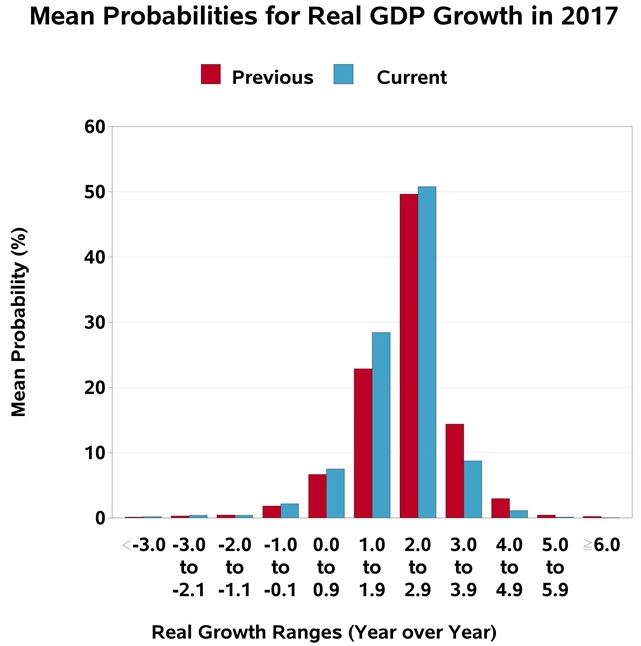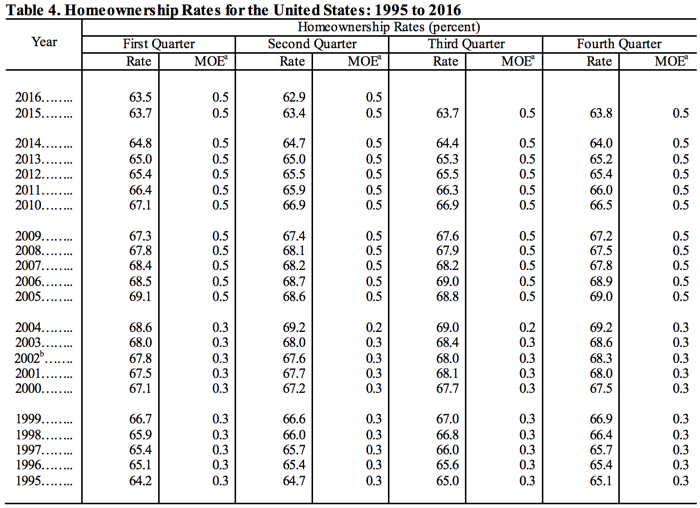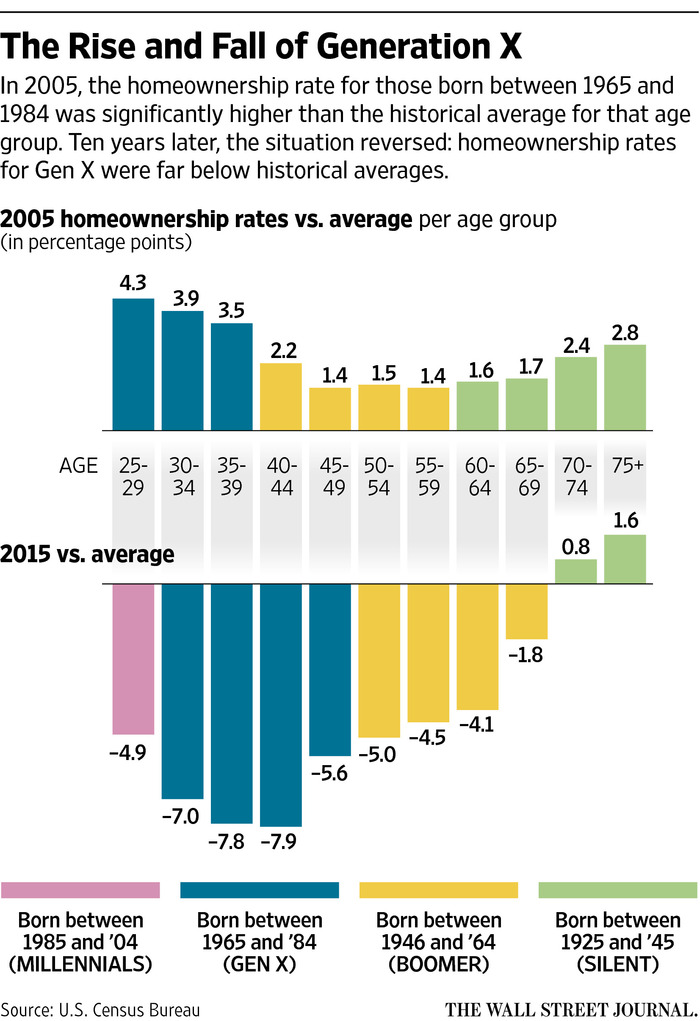Well over a year into this, the comments in the Wall Street Journal are sad, perplexing, and give pause to what we have done all at the same time:
After more than a year of working virtually during the pandemic, executives in banking and technology are pushing back on the idea that workers should be able to do their jobs entirely from home in the coming months. Though some said they expect more flexible work arrangements to endure going forward, they say there are clear signs of burnout in an era of nonstop video calls.
Eric Yuan, the CEO of Zoom, told a virtual audience of The Wall Street Journal’s CEO Council Summit Tuesday that he had personally experienced Zoom fatigue. On one day last year, he said he had 19 Zoom meetings in a row.
The post goes on to report that, “like many companies, Zoom is planning an eventual return to its offices,” phasing in on-site work. The inquiry really should be what is holding these firms back? Many CEOs like that of JPMorgan have observed what anyone over the age of 50 knows:
Remote work doesn’t work well for generating new ideas, preserving corporate culture and competing for clients—or “for those who want to hustle,” Mr. Dimon said, adding he has been back in the office for months.
The technology is wonderful, and for working on specific projects that require a shared document or dataset, Zoom, Teams, et. al., work exceedingly well. But you cannot replicate the energy of face to face collaboration, and I think our culture would do well re-thinking some of what we have done over the last year.







